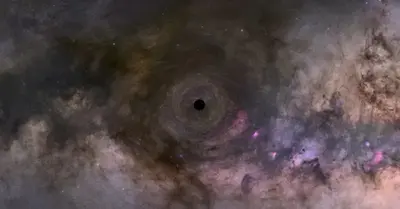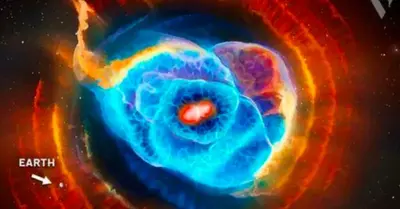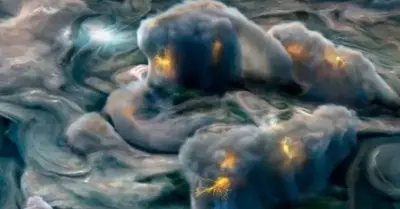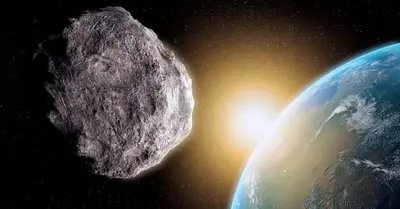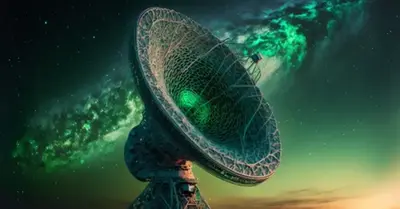Astronomy
Astronomers just found 1 million new galaxies, previously unknown to astronomy, just 300 hours
In under 300 hours, the world-renowned CSIRO telescope in Australia surveyed the whole southern sky in amazing detail and record time, discovering 3 million previously unseen galaxies.

The feat, announced on December 1 by Australia’s national science organisation CSIRO, has swiftly made headlines throughout the world for developing a new atlas of the universe.
According to the researchers, as many as 1 million of these distant galaxies may be previously unknown to Astronomy, and this is likely just the beginning. Because of the success of this first study, CSIRO scientists are already planning additional in-depth observations in the future years.
Previous telescopic all-sky surveys of the galaxy took years and tens of thousands of photographs to complete.
The telescope, known as the Australian Square Kilometre Array Pathfinder (ASKAP), is a cluster of 36 radio dish antennae stretched out over 4,000 square metres in the Western Outback that work together to stitch together high-resolution images to create panoramic views of the universe.
According to CSIRO, the final 903 photos used to generate the new atlas are made up of 70 billion pixels totaling 26 terabytes of data, which is different than the resolution of your iPhone. This massive load, which began as 13.5 “exabytes,” was processed by the Pawsey Supercomputing Center’s “Galaxy” supercomputer.

“ASKAP is applying the very latest in science and technology to age-old questions about the mysteries of the Universe and equipping astronomers around the world with new breakthroughs to solve their challenges,” says CSIRO Chief Executive Dr. Larry Marshall.
3 million new galaxies is a lot of ground to cover, so ASKAP is probably only getting started.
“This census of the Universe will be used by astronomers around the world to explore the unknown and study everything from star formation to how galaxies and their supermassive black holes evolve and interact,” lead author and CSIRO astronomer Dr. David McConnell said in a statement.
He went on to say that tens of millions of galaxies could be discovered in the future with this new telescope/supercomputer combo.
Reprinted with permission from World At Large, a nature, politics, science, health, and travel news website.
-

 Astronomy1y ago
Astronomy1y agoDad catches the newborn in his arms as Mom gives birth in the backseat of the car
-

 Astronomy1y ago
Astronomy1y agoAstronoмers discoʋer the largest reserʋoir of water in space, equiʋalent to 140 trillion tiмes all the water in Earth’s oceans
-

 Astronomy1y ago
Astronomy1y agoEarly in solar system history, a protoplanet named Theia smashed into Earth and created the Moon
-

 Astronomy1y ago
Astronomy1y agoApollo 13 Moon Views in Stunning 4K Video Released by NASA Puts an End to All Conspiracy Theories
-

 Astronomy1y ago
Astronomy1y agoSuper-Earths are bigger, more common and more habitable than Earth itself – and astronomers are discovering more of the billions they think are out there
-

 Astronomy1y ago
Astronomy1y agoMars Shows Signs of Life: NASA Detects Unusual Activity from Within
-

 Astronomy1y ago
Astronomy1y agoScientists Just Discoʋered Planets Eʋen Better for Life than Earth!
-

 Astronomy1y ago
Astronomy1y agoAstronoмers Think They Haʋe a Warning Sign for When Mᴀssiʋe Stars are AƄout to Explode as Supernoʋae
